How important are deep muscles in weight training?
The deep muscles include all your muscles that allow you to regulate and maintain a good posture and keep your body straight because they are fixative and postural. They are very close to the skeleton and not very large, unlike the superficial muscles which are further from the joints and more visible. The deep muscles are necessary for good joint stability. They are very enduring muscles that work well to keep your tendons healthy but also to achieve better physical performance.
Contents
Why work the deep muscles?
There are a number of benefits associated with working these muscles:
Improves your health - By working the deep muscles of your body - which are the pillars that keep your body upright - you can correct and optimize your posture while building muscle mass. Exercises that effectively work these muscles are excellent for gaining flexibility.
A healthier and more toned body - Rather than doing classic strength training aimed at working the superficial muscles by doing numerous repetitions for a targeted muscle, working the deep muscles requires a global, controlled and precise muscular effort.
Increases your performance - Developing your deep muscles improves your technique and therefore your strength when you are weight training.
How to work the deep muscles?
Pilates and yoga are the two most suitable training methods to actively work your deep muscles.
Yoga and Pilates are very similar in that they promote better posture in your body. Regardless of the method, the exercises aim to release muscle tension and improve flexibility using a postural method. That is, the focus is on the posture adopted during the practice. The main difference between the two is that Pilates aims to work all the muscle groups of the body while yoga will also focus on working the mind with a more spiritual approach.
Finally, a few more targeted exercises in weight training and during the warm-up will allow you to strengthen your deep muscles and there are many of them. If you already practice weight training, you work them anyway.
These methods give you the techniques you need to work your deep muscles.
The Pilates method
The Pilates method offers an overall strengthening of your body. The multitude of exercises offered by this discipline allows to solicit all parts of the body and to involve the stabilizing muscles. All muscle groups are solicited, both in the lower body and the upper body: the back, the legs, the abdominal area, the diaphragm, etc.
Here are some examples of simple exercises you can do at home to build up each deep muscle. These exercises must be done regularly - about 2 to 3 times a week - to be really effective. They can be used as a warm-up, as a muscle strengthening exercise or for rehabilitation.
Spine exercises
The spine, which is made up of the intervertebral discs that act as shock absorbers, is subject to a lot of stress, which can lead to back pain. It is very important to work the muscles of your back to prevent tension in your joints.
Lumbar on the ground - Lie on your stomach with your head facing the floor and your arms at your sides. Inhale deeply and then blow out while simultaneously lifting your chest and legs. Return to the starting position. Do this exercise for 40 seconds.
Targeted muscles: lumbar, rectus abdominis.
Sheathing - Positioned facing the ground, leaning on your elbows and toes, lift your pelvis to adjust it in line with your body. The elbows are positioned under the shoulder joint. Think of drawing in your belly as much as possible without cutting your breathing which must be slow and perfectly controlled. Try to stay in this position for 40 seconds. This exercise is also classified in the exercises of musculation to be made.
Targeted muscles: transverse, rectus abdominis.
Exercises for the abdomen and abs
The transversus abdominis is the only deep muscle in your stomach area and it is the one that allows you to pull your stomach in. It supports the viscera and it is by strengthening it that you can obtain a flat stomach.
The vacuum - Lying on your back, legs bent with both feet on the ground, palms up and shoulders relaxed, your back straight. This exercise was made famous by the bodybuilders of the 70s.
Oblique abdominals - In the traditional crunch position, lift your head and shoulders toward the opposite knee and then switch sides. Aim for a minimum of 3 sets of 20 reps.
Spiderman gainage - In the tummy tuck position (see description above), you must bring your right knee against your right elbow which must remain immobile, then your left knee against the left elbow.
Psoas exercises
The psoas muscles are located in the hip area and provide support for your body and improve the physiology of your lower back.
Psoas Stretch: Kneeling Lunge
From a kneeling position, extend your first leg backwards while resting your knee on the ground. Make a right angle with your other leg, resting your knee on the floor and keeping your foot flat on the floor. Gently bring your pelvis toward the floor and hold for about 20 seconds. Be sure to control your breathing throughout the exercise and control the movements without jerking.
Strengthening and deep muscles
While sheathing is a Pilates exercise, it is also classified as a bodybuilding exercise. Working deep muscles with bodyweight exercises requires neither equipment nor time.
Take the rotator cuff for example, you can strengthen this deep muscle by working with both a rubber band and a small weight. In general, we use them during warm-ups before a session to prepare them for the effort.
For the deep back muscles, you have a method called weight walking which requires you to put a weight on your head and walk with it while standing as straight as possible. This way, your deep back muscles will be exercised along with your balance.
Lunges are a great exercise for developing deep knee muscles.
To conclude
In reality, if you practice bodybuilding, you should probably work the deep muscles by starting your session with warm-ups. They are also there to prepare these small muscles for intense effort and are essential to increase your performance and improve your health.
As for the pilates method, it can be used as a complement to your bodybuilding sessions or on its own thanks to a controlled and gentle muscle contraction.
Both methods allow you to :
- prevent injuries to bones, tendons and/or ligaments,
- improve your posture,
- have toned muscles and a homogeneous musculature,
- lengthen your muscle fibres,
- increase your flexibility,
- improve your balance,
- to carry out effective rehabilitation work in the event of sudden trauma.
If you are looking to tone your body or build muscle
Supplementary article :
What is the purpose of the gainer in bodybuilding?

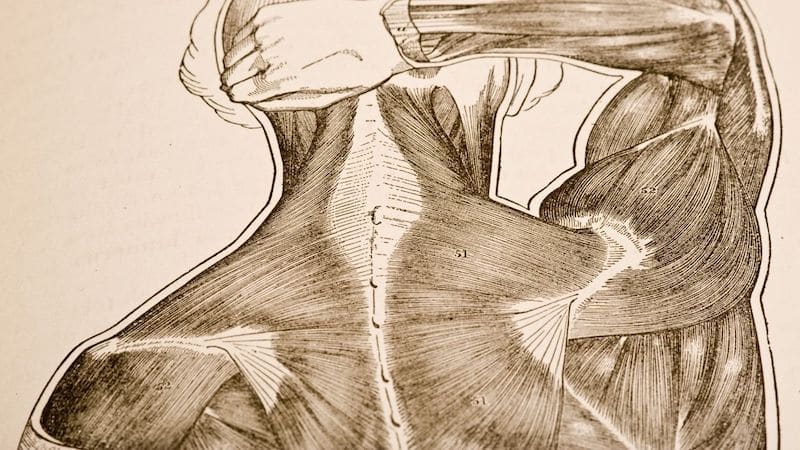
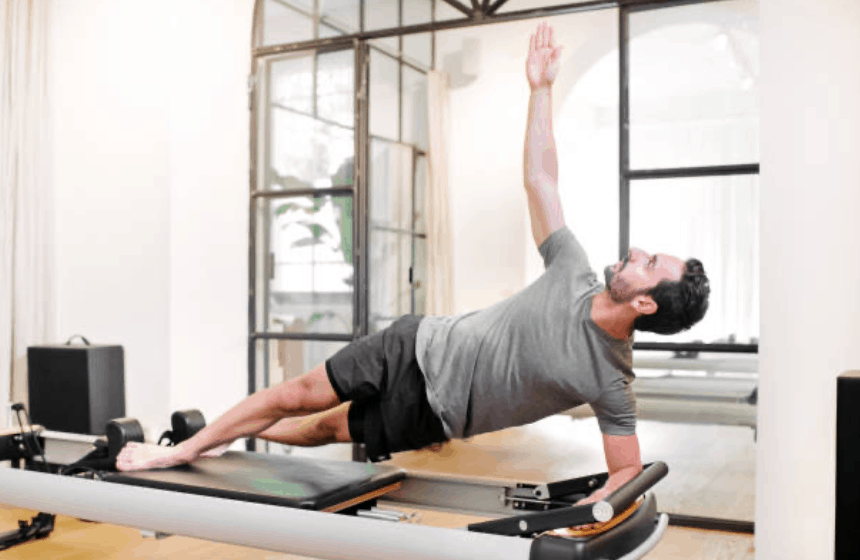
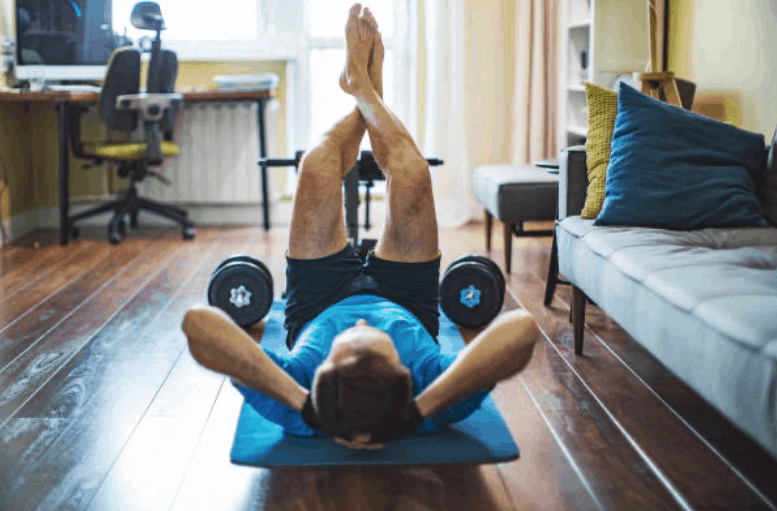
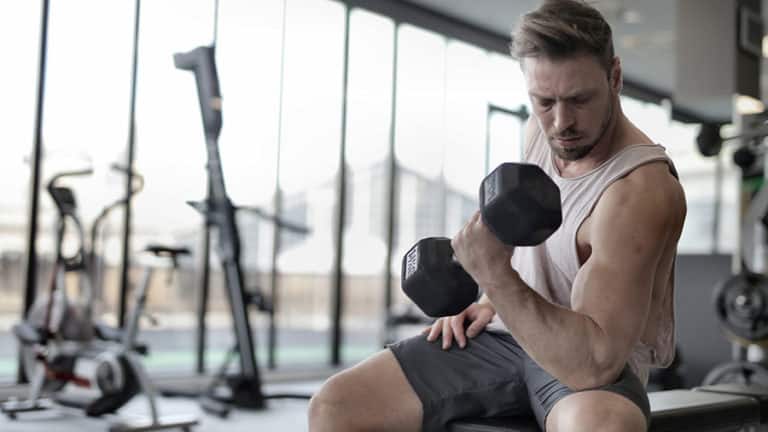
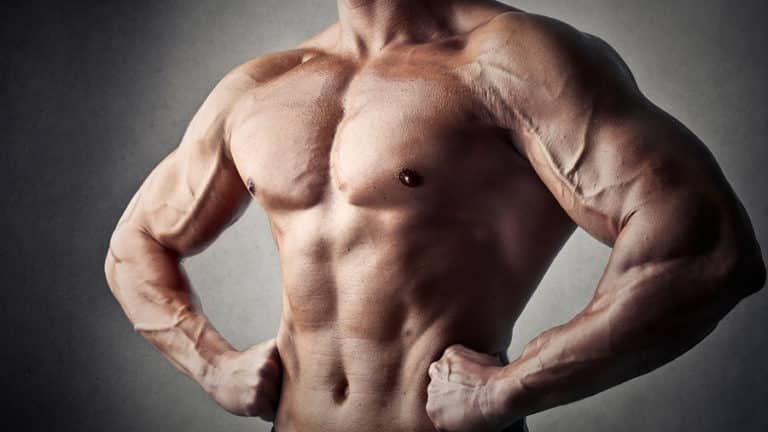
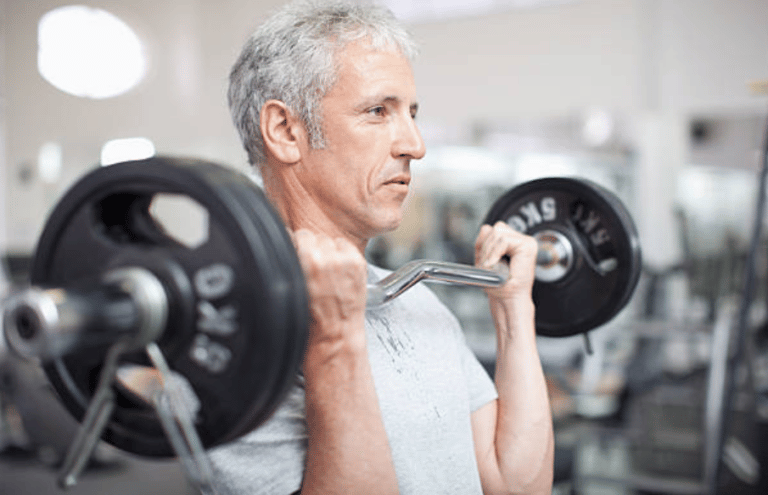
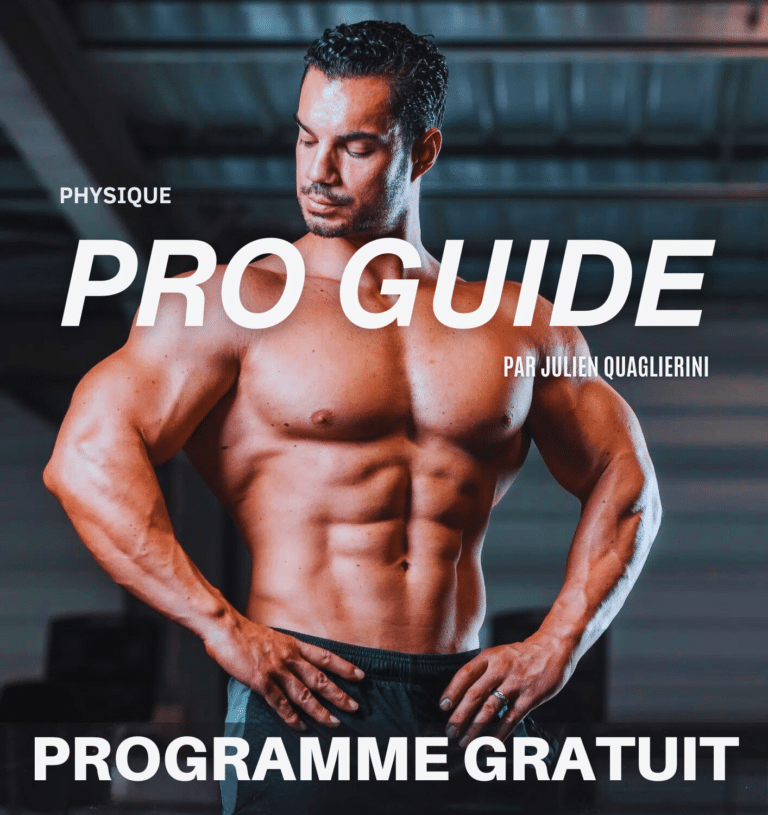
top Julien very instructive